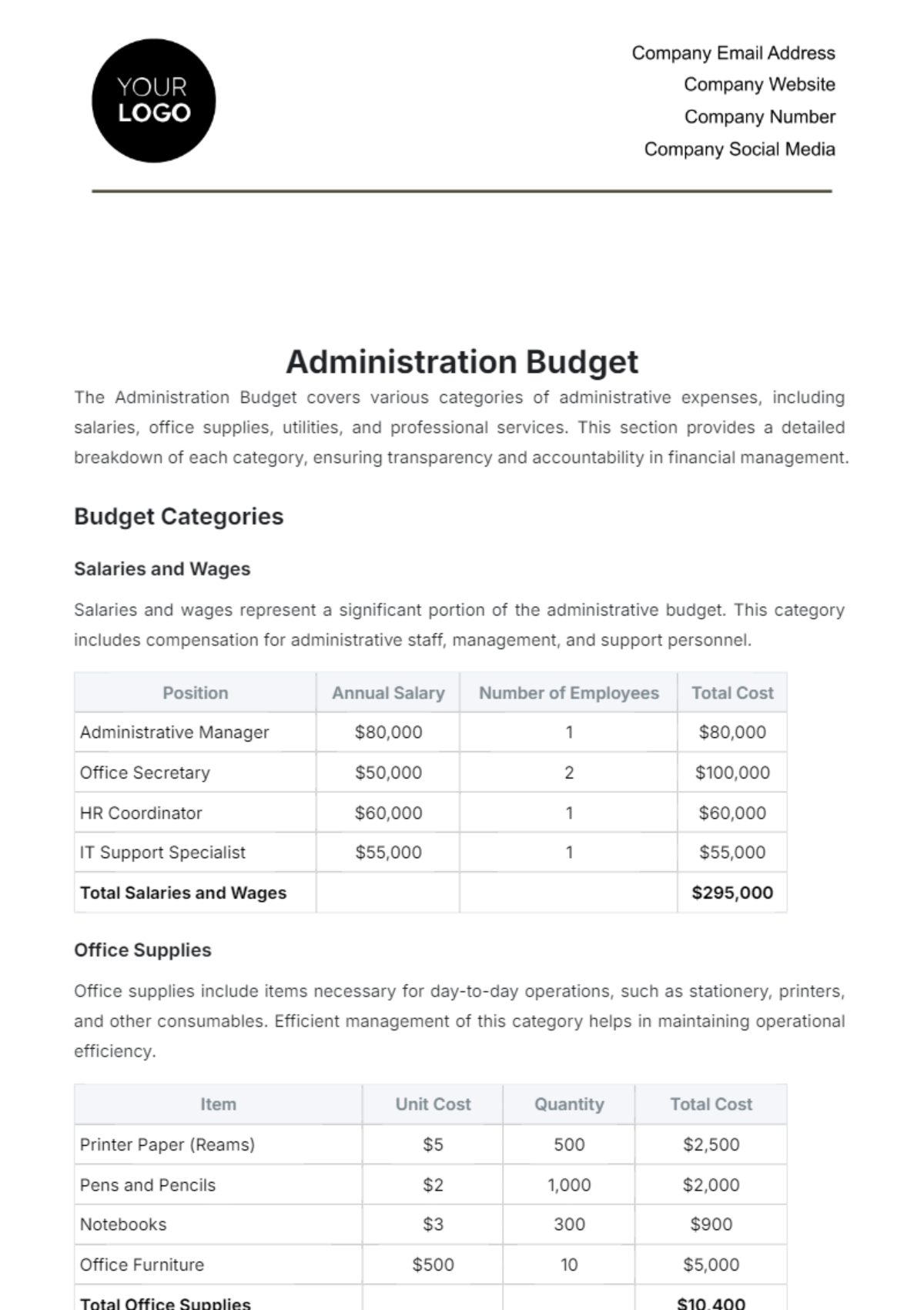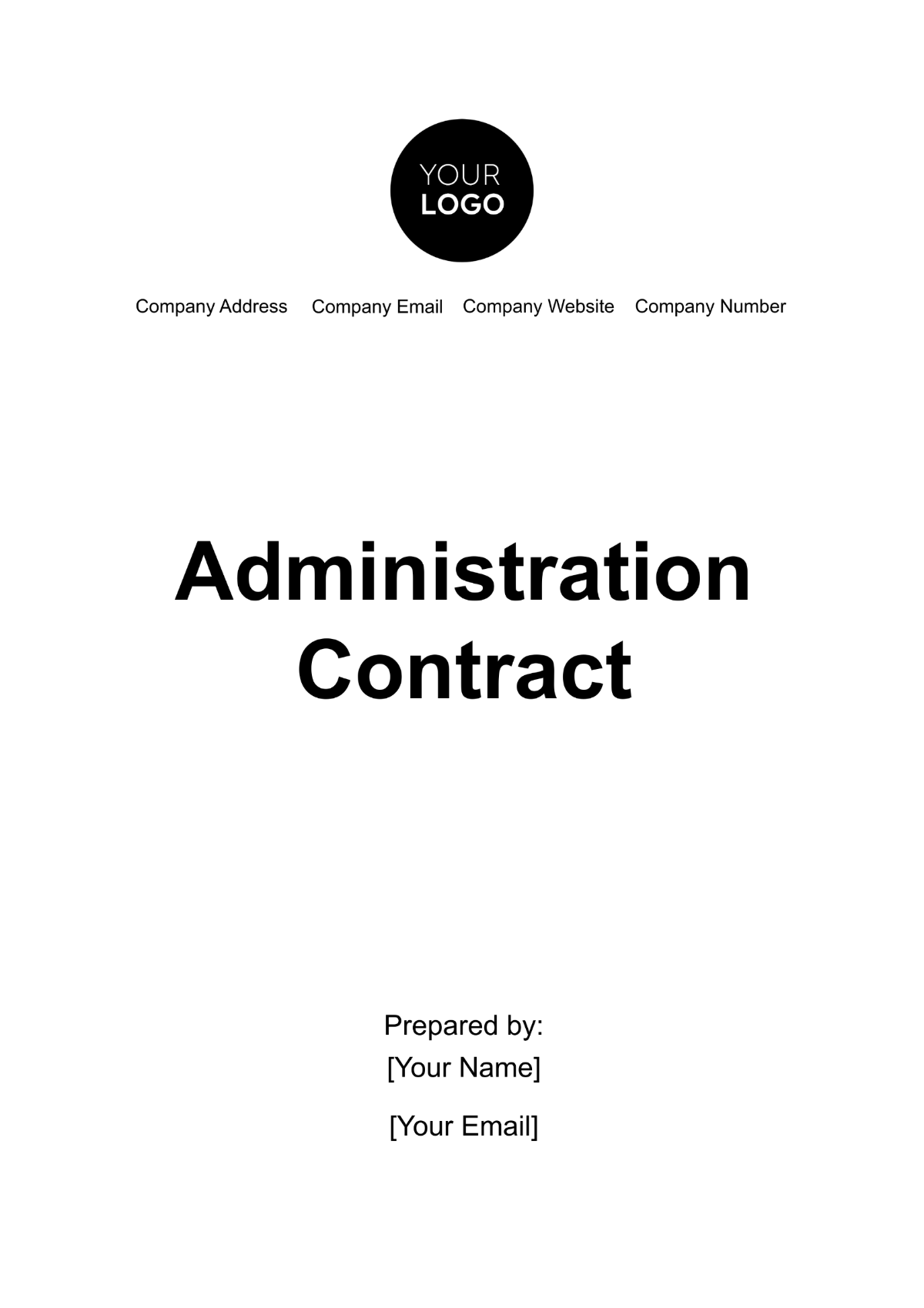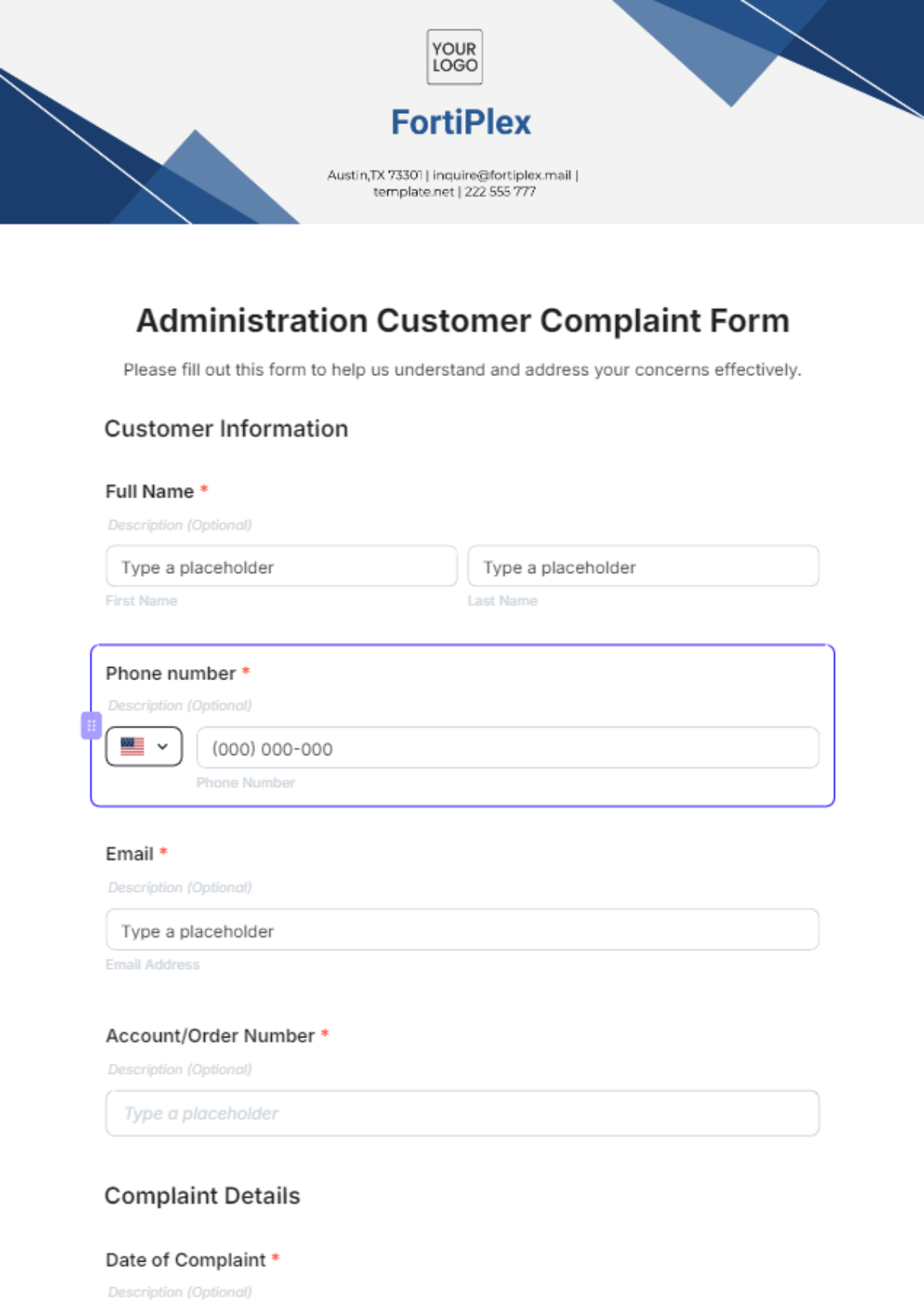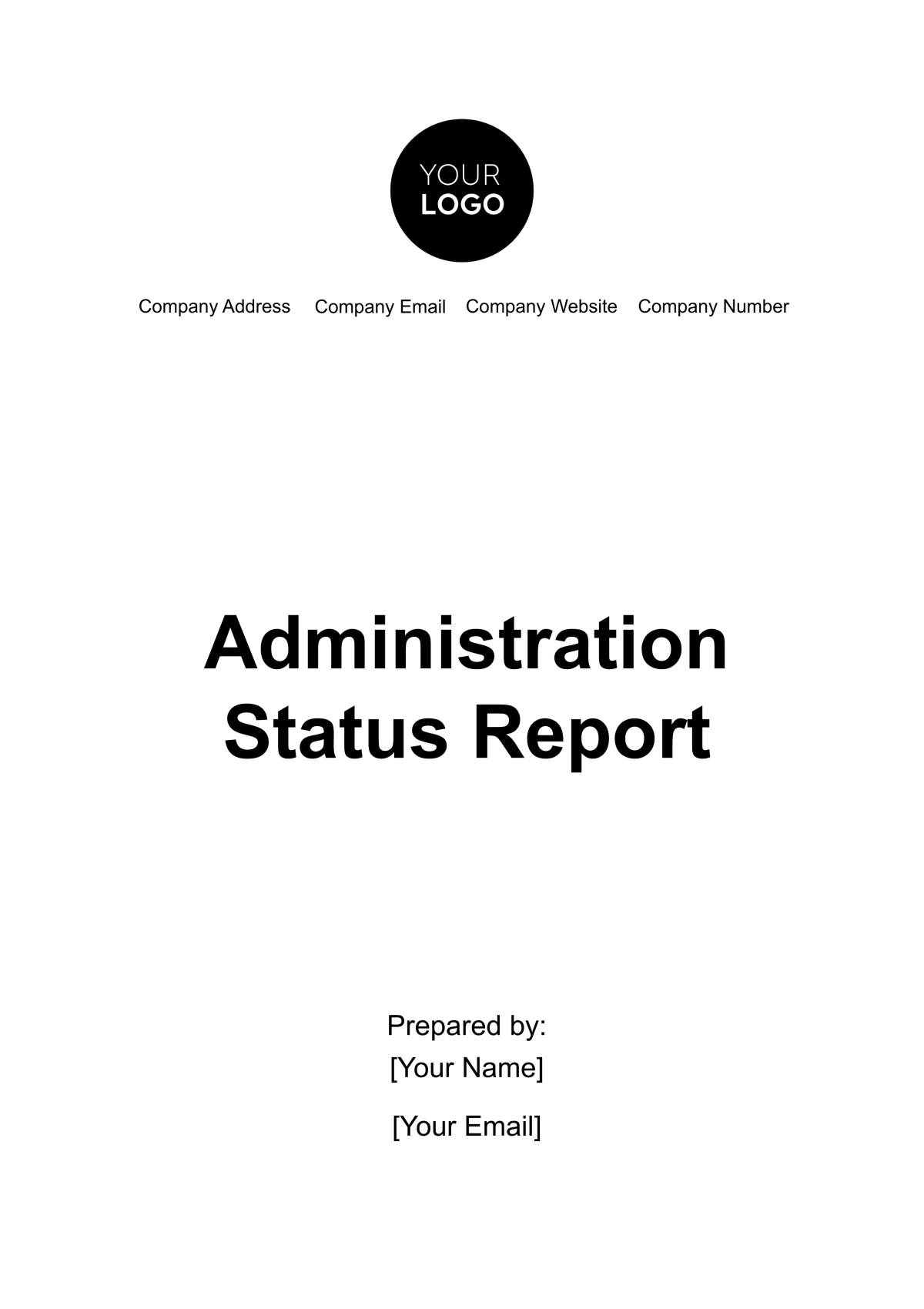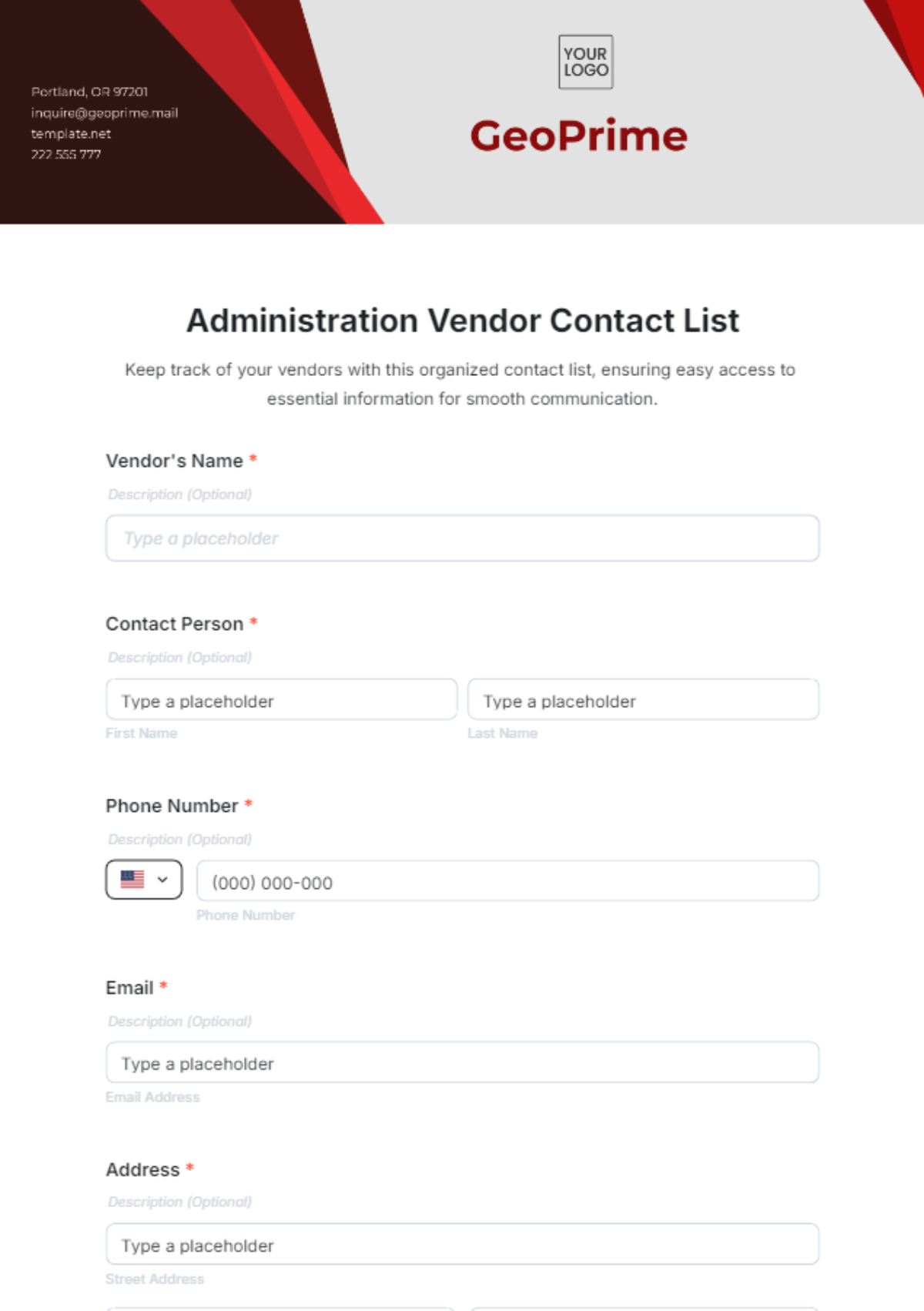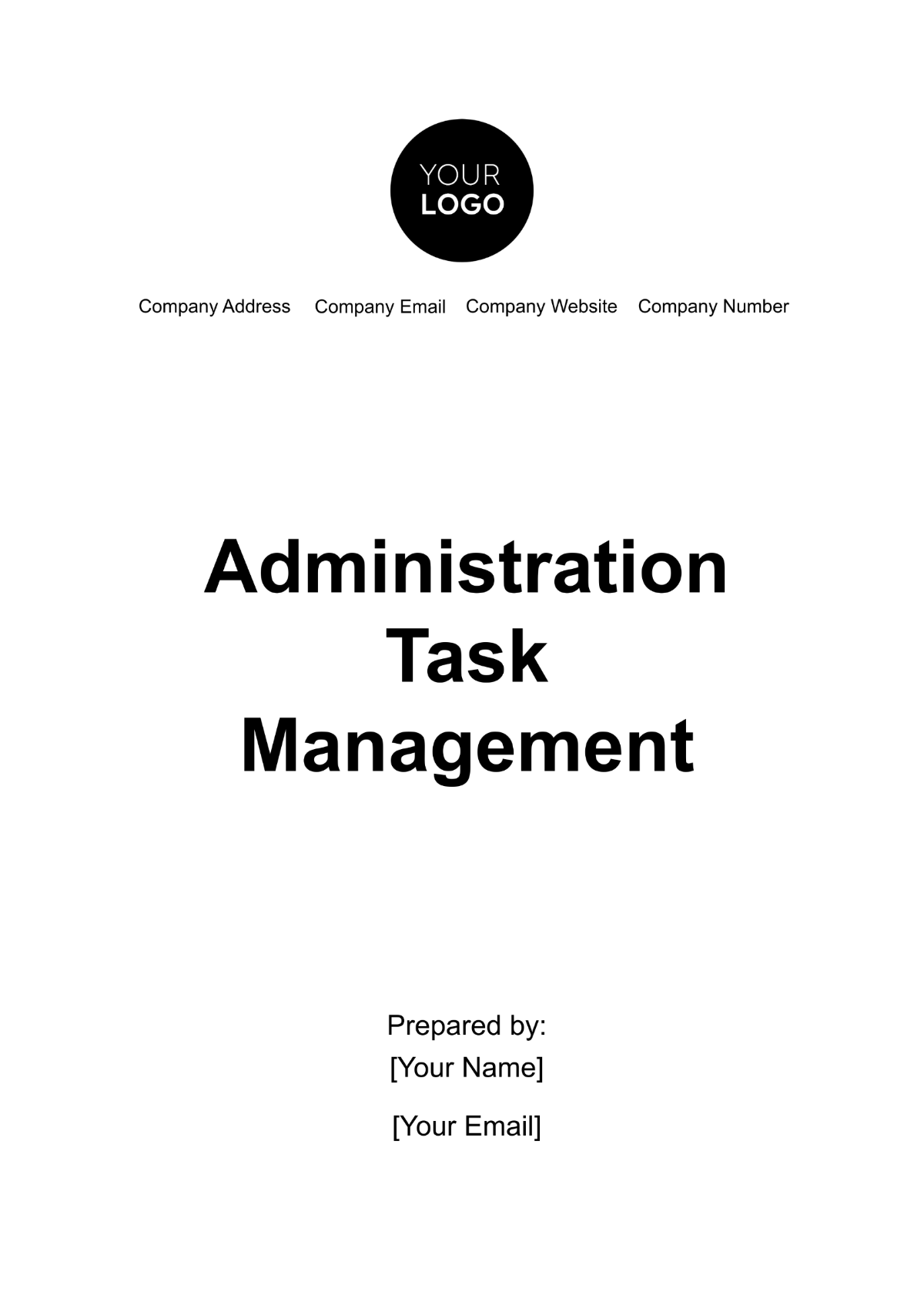I. Introduction
This document presents a comprehensive case study on the administration office management at [Company Name], aiming to highlight the effective strategies, practices, and processes that contribute to its success. It evaluates the company's strengths in office administration management and identifies potential areas for improvement. The ultimate goal is to understand the factors that ensure the company's effectiveness in managing administrative tasks and offer insights that could be beneficial for similar entities.
II. Methodology
The methodology of this case study was meticulously designed to ensure a holistic understanding of the administration office's operations at [Company Name]. This comprehensive approach was crucial for uncovering the nuanced dynamics of office management, which plays a pivotal role in the company's overall performance. The methodology comprised four primary components:
Observation of Workflow Processes: An extensive observation period was undertaken to monitor the daily operations within the administration office. This involved tracking the flow of tasks, communication patterns, and the integration of digital tools in routine processes. The goal was to capture a snapshot of the operational rhythm and identify both efficiencies and bottlenecks.
Interviews with Employees and Management Staff: Personal interviews were conducted with a diverse group of employees, including management staff, to gather varied perspectives on the office's functioning. These conversations provided invaluable insights into the workplace culture, employee satisfaction, and the effectiveness of management strategies. Interviewees were encouraged to share their views on what works well and areas they felt needed improvement.
Review of Available Resources: A critical examination of the resources available to the administration office, including digital tools, software applications, and office equipment, was carried out. This review aimed to assess how well these resources met the office's needs, their impact on productivity, and any gaps in the technological infrastructure.
Evaluation of Office Operations: Finally, a thorough evaluation of the office's operations was conducted to assess overall efficiency and productivity. This included analyzing task completion rates, workflow automation, data management practices, and financial operations. The evaluation sought to identify practices that contribute to the office's success and pinpoint areas where processes could be optimized for better performance.
III. Overview of [Company Name]
[Company Name], established in [Date], has distinguished itself as a beacon of innovation and operational excellence within the business industry. Located at [Your Company Address], the company has experienced remarkable growth and sustainability. This success is largely attributable to its strategic integration of advanced technologies and forward-thinking management practices, which have set it apart from its competitors.
The foundation of [Company Name]'s achievements lies in its commitment to pushing the boundaries of what is possible, always with an eye towards the future. This ethos is evident in every aspect of the company's operations, from product development to customer service, and especially within its administrative office. The administrative office is the nerve center of [Company Name], responsible for orchestrating the seamless execution of its day-to-day operations and long-term strategic initiatives.
[Company Name] prides itself on a culture of continuous improvement and adaptability. This has enabled the company to stay ahead of industry trends and technological advancements, ensuring its operations are not just efficient but also resilient in the face of changing business landscapes. The administrative office, in particular, has been instrumental in implementing innovative management strategies that enhance productivity, foster employee engagement, and streamline processes.
With a keen focus on operational excellence, [Company Name] has leveraged the latest in digital technology to optimize its administrative functions. From advanced data management systems to automated workflow processes, the company has embraced digital transformation to improve efficiency and decision-making. This strategic use of technology not only supports the company's immediate operational needs but also positions it for sustainable growth in the future.
The case study of [Company Name]'s administration office management offers a unique lens through which to view the company's broader success. By examining the practices, strategies, and technologies that underpin the office's operations, this study aims to provide valuable insights into how [Company Name] has achieved its esteemed position in the business world and where it can continue to evolve and excel.
IV. Roles and Structure of the Administration Office
The administration office at [Company Name] is a cornerstone of the company's operational infrastructure, designed to ensure the seamless execution of its strategic objectives. This office is not just about administrative tasks; it is the backbone of the company, facilitating the smooth operation through strategic planning, resource coordination, and task execution. The structure of the office is thoughtfully designed to cover all bases of operational efficiency:
Human Resources (HR): The HR department plays a crucial role in building the company's foundation—its people. From talent acquisition to training and development, HR ensures that [Company Name] not only attracts but also retains the best talents. It is responsible for creating an environment that promotes professional growth, ensuring that employees are motivated and equipped with the necessary skills to excel in their roles.
Supply Chain Management (SCM): The SCM department is the lifeline of the company's operations, ensuring that the flow of goods and services is uninterrupted and efficient. This includes managing relationships with vendors, overseeing inventory control, and optimizing logistics. Through meticulous planning and coordination, SCM maintains a system that minimizes disruptions, thereby supporting the company's commitment to delivering excellence.
Data Handling: In today's digital age, the management of data is pivotal. The data handling team is tasked with overseeing information management systems, ensuring data security, and leveraging analytics to drive decision-making. This department ensures that data is not only secure but also structured in a way that it can be easily accessed and analyzed, supporting the company's strategic initiatives.
Financial Management: The financial management team oversees budgeting, financial reporting, and auditing. They are the guardians of the company's fiscal health, ensuring transparency and accountability in all financial practices. Through meticulous financial planning and management, they support the company's sustainability and growth ambitions, ensuring that resources are allocated efficiently and effectively.
At the helm of the administration office is the Administrator, a pivotal figure who oversees the entire operation, supported by department managers who lead specialized teams. This hierarchical yet flexible structure facilitates quick decision-making and ensures that each department functions cohesively towards the company's overarching goals.
V. Findings
The Office Administration Management at [Company Name] displays professionalism and seamless execution of tasks. The use of advanced technology and digital tools for most administrative tasks was a key finding. The office structure, though hierarchical, allows for quick decision making and effectiveness. Below is a tabular representation of the principal findings.
Section | Findings |
|---|---|
Human Resources | Effective personnel management & continued learning programs |
Supply Chain Management | Efficient system with minimal disruptions |
Data Handling | Highly-digitized & well-structured data management |
Financial Management | Transparent, well-audited & meticulous practices |
5.1 Human Resources
Our findings highlight the effectiveness of [Company Name]'s personnel management strategies and the emphasis on continued learning programs. These initiatives not only foster professional growth but also contribute to a high level of employee satisfaction and engagement. By investing in the development of its workforce, [Company Name] has created a culture of excellence and innovation that drives its success.
5.2 Supply Chain Management
The efficiency of the supply chain system at [Company Name] is commendable. Characterized by minimal disruptions and optimized logistics, the SCM team ensures that operations are smooth and that the company can meet its commitments without delay. This efficiency is a testament to the strategic planning and coordination efforts of the SCM department, which directly contributes to the company's operational excellence.
5.3 Data Handling
In the realm of data handling, [Company Name] showcases a highly digitized and well-structured system. This robust infrastructure ensures data integrity and accessibility, allowing for informed decision-making across all levels of the company. The emphasis on data security and analytics further underscores the company's commitment to leveraging technology for strategic advantage.
5.4 Financial Management
The findings reveal that financial management at [Company Name] is marked by transparency, well-audited practices, and fiscal responsibility. These practices not only ensure compliance with regulatory standards but also build trust among stakeholders. The financial team's meticulous approach to budgeting, reporting, and auditing underpins the company's ability to pursue growth while maintaining financial stability.
VI. Analysis of Findings
The findings from this case study provide a comprehensive overview of the operational excellence at [Company Name]. This section delves deeper into the strengths and practices that underpin the company's success, emphasizing the strategic use of advanced technology, the cultivation of a learning-oriented workplace culture, and the efficiency of supply chain management.
Advanced Technology: [Company Name] stands out for its adept use of cutting-edge technology across all facets of its operations. This strategic deployment of technology has not only streamlined processes but also significantly enhanced productivity and efficiency. By adopting digital tools and software, the company has been able to automate routine tasks, reduce human error, and free up employee time for more strategic work. The proactive approach to embracing technological advancements positions [Company Name] as a leader in operational innovation.
Continuous Learning Culture: Another pillar of [Company Name]'s success is its commitment to fostering a culture of continuous learning among its employees. This emphasis on professional development ensures that the workforce remains adept at navigating the evolving business landscape. Through ongoing training programs and learning opportunities, employees are encouraged to acquire new skills and knowledge, which in turn fuels innovation and drives the company's growth. This learning-oriented culture not only enhances employee satisfaction and retention but also contributes to a dynamic, adaptable organization.
Streamlined Supply Chain: The efficiency of [Company Name]'s supply chain is a testament to the company's operational prowess. By maintaining a streamlined supply chain, the company ensures that its products and services are delivered promptly and efficiently, minimizing disruptions and maintaining high customer satisfaction. The strategic management of vendor relations, inventory control, and logistics demonstrates [Company Name]'s ability to coordinate complex operations effectively, ensuring that the supply chain supports the company's objectives and market demands.
Data Management Practices: The case study highlights [Company Name]'s excellent data management practices, ensuring the security and accessibility of information. The company's approach to data handling supports informed decision-making at all levels, facilitating strategic planning and operational efficiency. The emphasis on data security protects the company's sensitive information and builds trust with customers, partners, and stakeholders.
Financial Management Practices: Robust financial management practices are critical to [Company Name]'s success, ensuring fiscal responsibility and regulatory compliance. The company's approach to budgeting, financial reporting, and auditing underscores its commitment to transparency and accountability. This meticulous financial oversight supports the company's long-term sustainability and growth, enabling strategic investments and risk management.
VII. Recommendations
Based on the comprehensive analysis of [Company Name]'s administration office management, several recommendations are proposed to further enhance operational efficiency and drive continuous improvement.
Integration of Newer Technologies for Automation: While [Company Name] has made significant strides in leveraging technology, there is always room for advancement. Integrating newer, more sophisticated technologies for automation can further streamline operations, reduce costs, and increase productivity. Exploring emerging technologies such as artificial intelligence (AI) and machine learning (ML) could offer innovative solutions to optimize workflows and decision-making processes.
Development of Cross-Functional Teams: The creation of cross-functional teams is recommended to foster a culture of innovation and collaborative problem-solving. By bringing together diverse skill sets and perspectives, these teams can tackle complex challenges more effectively and drive innovation. Cross-functional collaboration encourages knowledge sharing and integrates various aspects of the business, leading to more cohesive and agile operations.
Enhancement of Data Analytics Capabilities: Enhancing the company's data analytics capabilities is crucial for gaining predictive insights and supporting strategic planning. Investing in advanced analytics tools and technologies can enable [Company Name] to extract more value from its data, identifying trends, and making informed decisions. Developing a data-driven culture can further empower employees to leverage data in their daily work, enhancing efficiency and effectiveness.
Implementation of Regular Financial Health Checks and Audits: To ensure ongoing financial stability and mitigate risks, it is recommended that [Company Name] implements regular financial health checks and audits. These practices can help identify potential financial issues early, allowing for proactive management and resolution. Regular audits also reinforce financial transparency and accountability, maintaining trust among investors, stakeholders, and regulatory bodies.
By adopting these recommendations, [Company Name] can build on its strengths, address areas for improvement, and continue to lead in operational excellence and innovation. These strategic initiatives will not only enhance the efficiency of the administration office but also support the company's overall growth and sustainability.
VIII. Conclusion
[Company Name]'s Administration Office Management exemplifies successful business practices, setting a high standard in leveraging technology, managing personnel, and executing operational tasks efficiently. While the office's current operations are commendable, continuous improvement is vital to stay ahead in the rapidly evolving business landscape.
IX. Acknowledgements
This case study was made possible through the cooperation of [Company Name]'s management and staff, whose insights and contributions were invaluable.
X. References
[Insert references to documents, interviews, and resources used in the study]
This case study was conducted by :
[Your Name]

